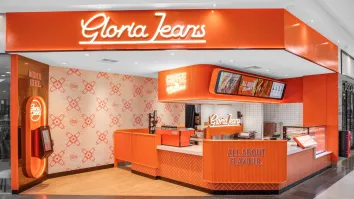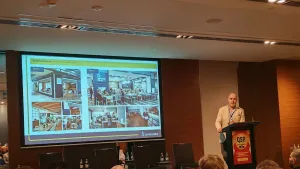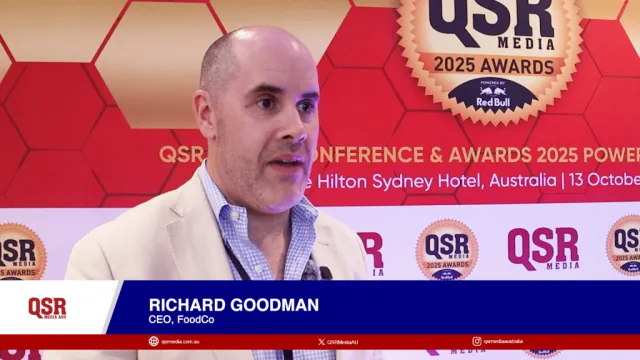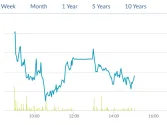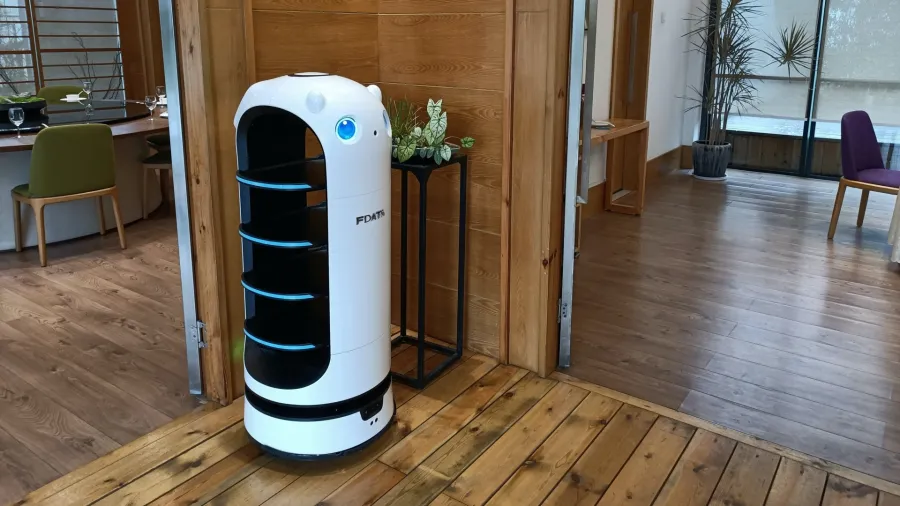
Can fast-food restaurants become 100% digital?
Experts break down possible challenges and solutions for this concept.
Early this year, Joshua Kobza, CEO of Restaurant Brands International, made a bold statement that eventually all of its Burger King restaurants will be 100% digital.
“It's better for the guests because they have a better guest experience, it's better for our team members because it reduces the stress that they feel in some of the interactions and allows them to focus on delivering a great product and great experience,” Kobza said interview with BNN Bloomberg.
The fast-food giant, which is named Hungry Jack’s in Australia, has been steadily working towards this goal, having had some successful trials outside of the US. Now, Kobza said they are carefully planning to bring this concept across the US and Canada.
With Burger King’s ambition, is it possible to operate a fully digital in-store restaurant concept in Australia? QSR Media asked experts their thoughts on the matter.
Challenges in going 100% digital
Matt Steedman, Director of Amped Digital said there are two challenges to building a 100% digital restaurant.
“The core challenge in Burger King's transition to 100% digital is ensuring seamless data connectivity across services like menu boards, kiosks, drive-thru, and ordering apps, centred around the point of sale (POS) system. It requires meticulous system architecture planning and must have the right people involved in it who have experience in this space. Public perception initially will also be a challenge, but this will be short-lived, as the increase in efficiency and enhanced customer experience will be noticeable,” Matt said.
With the technology aspect, QSRs will need to find specialist teams that can work to create an ecosystem to connect everything in one POS system.
WATCH: Data-driven loyalty program to return marketing investment
“In regards to the public’s scepticism towards going digital, educating the public that the people aren't losing jobs to technology. It should help lessen the workload on the staff so they can operate more efficiently and further enhance the customer experience,” Matt said.
Chirag Tejuja, co-founder of TabSquare said that it’s not enough to have POS technologies at your disposal, QSRs must ensure that it brings an elevated customer experience whilst engaging with them on a digital platform.
“Utilising advanced technologies like artificial intelligence (AI) and machine learning (ML) enables the capture and analysis of customer preferences, leading to a personalised experience for the customer,” Chirag said.
This means being able to offer tailored promotions or being able to run intent-based campaigns to drive them towards the brand. For example, when customers order via a kiosk, identifying them as a loyalty programme member or even just suggesting other products to go well with their order will make them feel valued and potentially increase their order size.
“This results in an elevated experience for the customer and a boost in revenue for the restaurant. Therefore, the meticulous selection and seamless integration of the right technology into the customer journey is of utmost importance,” Chirag added.
Meanwhile, brands considering gauging public perception should utilise proof of concept sites, Matt said.
MORE LIKE THIS: What does 2024 look like for restaurants?
“It will help with refining operational processes and address potential oversights in the planning stages. The important thing is to make it easy, simple and consistent for the customers,” Matt explained.
Chirag echoed this sentiment however stressed that to ensure seamless operations, QSRs should have a robust support system
“With 100% digital ordering, it is imperative that the system is designed with business continuity planning in mind. Additionally, having on-ground partners capable of maintaining uninterrupted functionality is essential. This support infrastructure is pivotal for the successful transition of Burger King to a fully digital operation,” Chirag explained.
Consumers expectations
Every aspect of the customer’s digital journey is touched by AI whether it's a curated watch list on Netflix or recommendations on Amazon.
Chirag said this is the same for the QSR industry.
“Gradually customers are expecting AI to cover all digital touch points and offer them a personalized experience. This is gradually becoming a norm for them. Hence QSRS need to offer the same level of experience to their customers or else customer will see them in a low light,” Chirag said.
QSR brands are expected to be able to offer personalised promotions, a menu tailored to individual preferences, and be able to offer an elevated dining experience for customers.
What QSRs think
For Baskin-Robbins Australia General Manager Julian Casa, QSRs find digital technology and AI attractive because they augment and improve customer experience.
“In some cases, it removes inconsistent operational experiences around services and it improves the speed of services. This is also why delivery has seen such a massive growth rate. Convenience has always been important but now that translates into the digital channels that provide a very seamless experience for a consumer,” Julian said.
READ MORE: Why digital-led strategies are vital to Baskin-Robbins' growth
Meanwhile, Dean Lightfoot, Area Developer and master franchise holder for Nautical Bowls believes that many QSRs will benefit from operating 100% digital restaurants but some will avoid going down that road.
“I believe a customer should have a customer experience. We have an online platform and people can order through our website. That option will always be there. But I think we need to smile at a customer, we want to make them feel welcome and happy that they are here,” Dean added.
During the Leader’s Panel at the QSR Media Conference & Awards 2023, Hungry Jack’s CEO Chris Green described his own experience with AI and automation as ‘incredible’. The biggest potential for these new technologies isn’t cutting down on labour but redirecting it to other parts of the business.
“It was an incredible experience. It took my order straight away even with an Australian accent and even offered suggestions. But what made it more amazing was when I pulled up at the last window to pick up my food, the friendliness of the person delivering the food and the quality of the food. So whilst I think there are potential labour savings, there’s upsell opportunities and accuracy, the important thing is to be able to redirect that labour into other parts of the business,” Chris said.
Human involvement still essential
In Australia, would it be possible for 100% digital restaurants to thrive? Matt said yes as this is already slowly happening.
“The main reason is that Australia is a reactive and fast-paced society that is connected to technology. Therefore, it’s only logical for brands to utilise digital-only restaurants in some areas. The recent staff procurement issues across different sectors have brought this to the forefront, and it’s only a matter of time before the benefits make it a compelling choice for businesses,” Matt said.
However, Matt believes human involvement in the QSR industry will remain essential, though the nature of roles may evolve.
ALSO READ: Nautical Bowls explains in six words how it plans to beat the competition
“We will most likely see a decrease in functions like order-taking, but this shift will create more opportunities in project management and IT roles within the QSR sector,” Matt said.
Chirag believes that 100% digital restaurants would depend on the restaurant and its intended audience. For QSRs, there can be a higher degree of adoption but for restaurants whose main selling point is its dining experience and human interaction, will be significantly lower.
“Additionally, the dynamics of staff play a significant role. In a 100% digital restaurant, operations and expansion are not contingent on staff availability and training, facilitating a faster and more agile opening of new restaurants or operating the current restaurants in a more agile way.”
“Ultimately, the decision to go fully digital should be based on the potential business value it can generate considering the unique environment of that restaurant. Hence, we observe a higher degree of digitisation in all categories of restaurants. For certain types of restaurants, a 100% digital-only format can thrive,” Chirag said.






